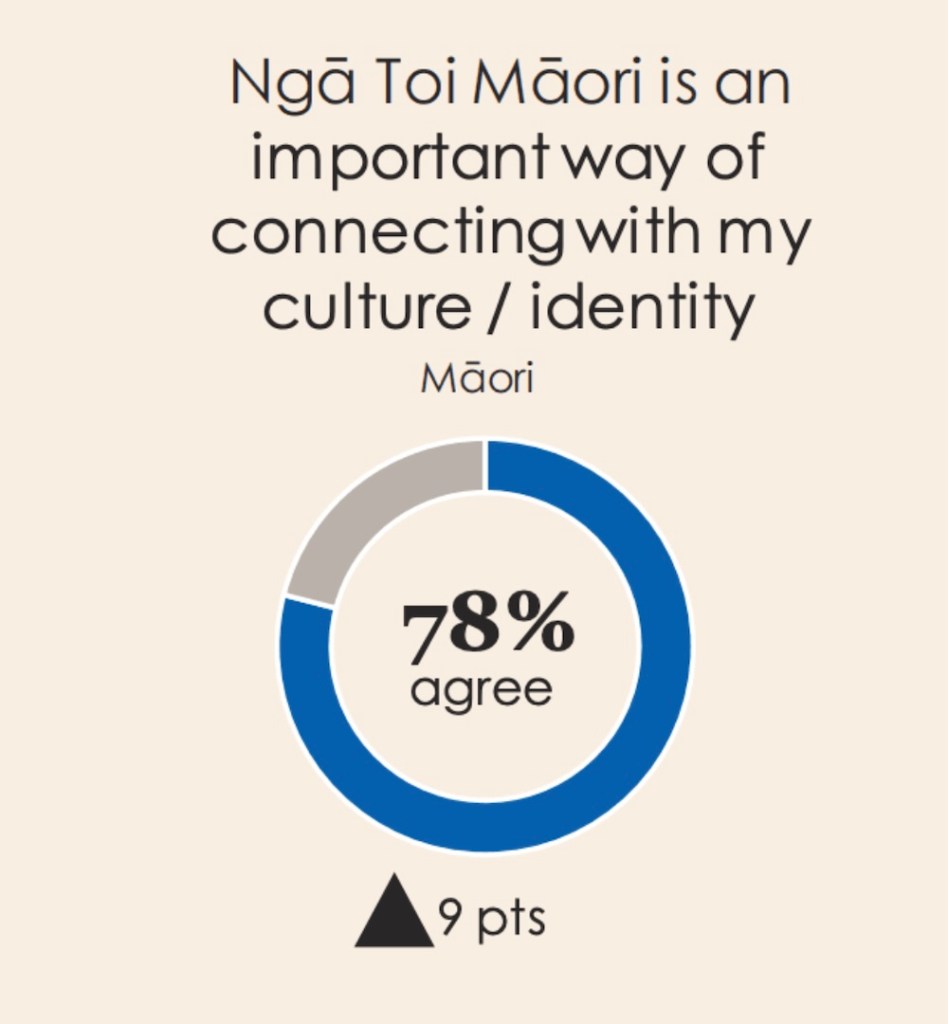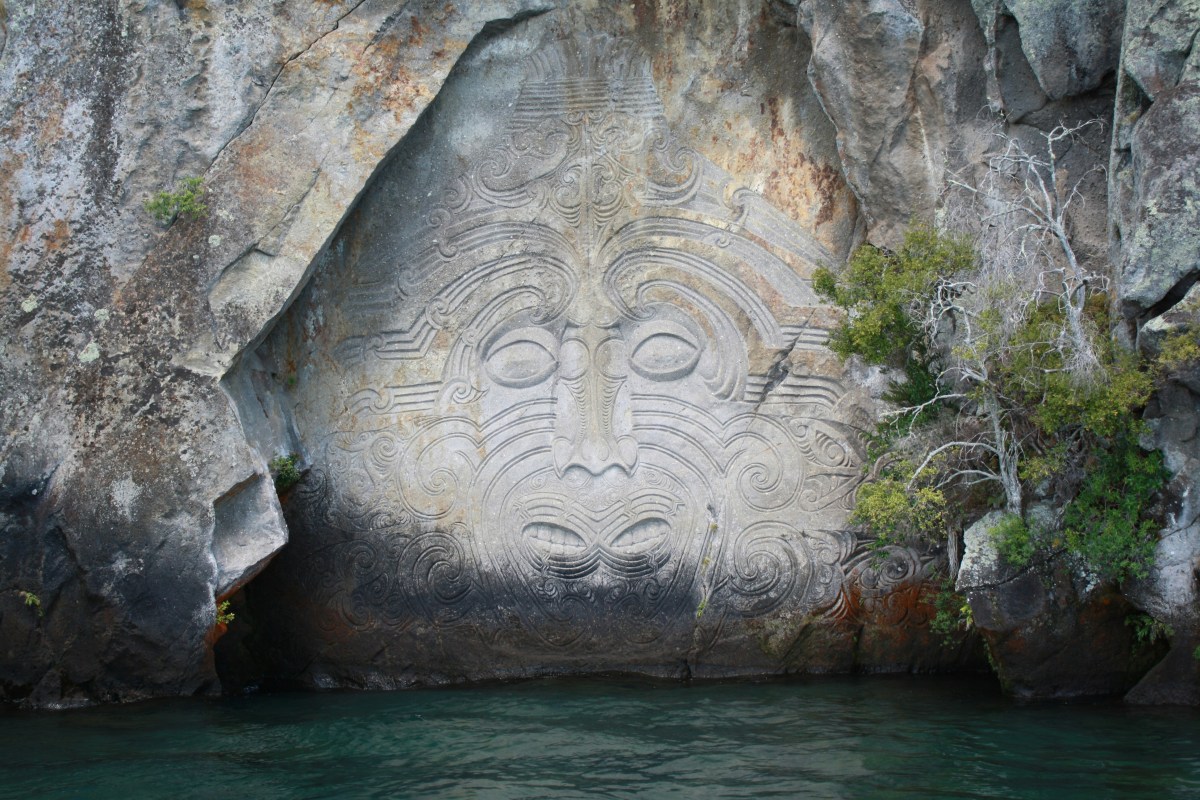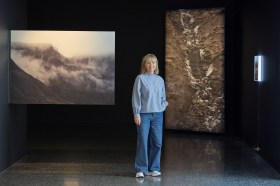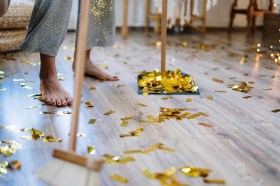Times may be tough with reduced funds for creatives and many feeling under pressure – but there are some figures that show the mahi matters.
According to Creative New Zealand’s (CNZ) latest release of its regular research survey, ‘New Zealanders and the Arts – Ko Aotearoa me ōna Toi‘, New Zealanders are increasingly going to and taking part in the arts, among a raft of positive reactions highlighted.
With surveys conducted every three years, this is the seventh time CNZ has released the findings from this series. The previous findings were released during the pandemic, with the most recent results gathered during 2023.
Among the encouraging stats, participation in the arts has reached its highest level since the survey began in 2005, up to 54%. Young people, d/Deaf and disabled, Māori and Pacific peoples participate in the arts most frequently.
Engagement in the arts has had a bump too, up 3% from the last survey at 78%.
Unsurprisingly, attendance increased across all art forms from the COVID/lockdown era – rising to 72% from 2020’s 68% – while there was an increase in “high attenders” (those attending 11-plus events in a 12-month period).
‘The increase in positive attitudes is striking, with more New Zealanders agreeing that the arts help improve New Zealand society, define who we are as New Zealanders, and contribute positively to our economy,’ David Pannett, CNZ Senior Manager, Strategy and Engagement said in a statement.
‘We also saw increased agreement with the statement that the arts should receive public funding, and that their local councils should support the arts.’

The stats that Pannett is referring to say 62% of participants agree that arts should receive public funding, up 13% since 2014.
Other questions that saw a positive boost include: 60% believe the arts help to improve New Zealand society, with respondents stating it brings people together, allows them to express themselves and understand their own and other cultures.
A total of 63% think the arts help define who we are as New Zealanders and interestingly, 64% believe the arts contribute positively to the economy.
Support for Ngā Toi Māori is increasing, with one of the key stats being 78% of Māori agree it’s an important way of connecting with their culture/identity. The numbers are up for Pacific arts too.
In the youth realm, 99% of young people participated in the arts in the last 12 months while 90% of young people attended the arts in the last 12 months, either online or in person (82% of those in-person). That’s a level of attendance that is now close to attendance levels before COVID.
Read: Beyond sector, how are Australians engaging with art post-COVID

But it’s not all pats on the back.
‘We can see that barriers to attendance and participation remain and there are opportunities to improve accessibility to the arts,’ says Pannett concedes.
A figure of 54% agreed they can easily access the arts in their community – a percentage that slides to 48% for d/Deaf and disabled people. Less than half of adults (49%) felt their community has a broad range of arts and artistic activities they can experience, and only 46% of adults believe they can afford to participate in creative activities in their community. That figure drops to 36% for low-income households.
Digging deeper, 70% of people said while some arts events interest them, they still don’t go much. Of those respondents, what would get them across the line would be:
- cheaper tickets (53%)
- more appealing events (49%)
- having someone to go with (43%)
- easier travel to the arts event (40%)
- easier physical access to the arts venue or easier physical access to participate in the arts activity (32%), and
- feeling confident that they would be welcome (30%).
Separate reports detailing the responses from Māori, Pasifika, d/Deaf and disabled, and Asian New Zealanders, as well as 13 regional reports and two city reports will be released in July. The full report can be found here.
This story was first published by The Big Idea, New Zealand. It has been edited slightly for ArtsHub house style.






